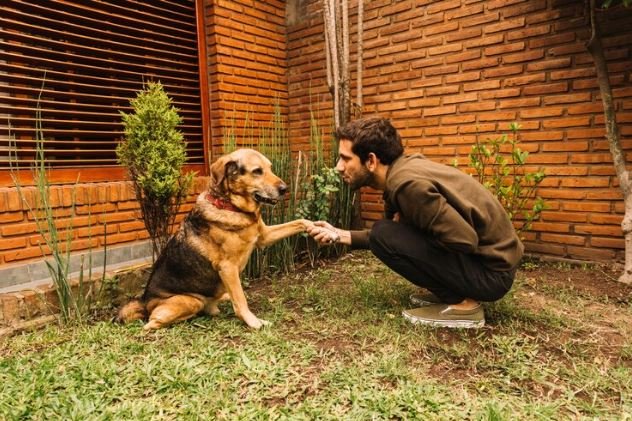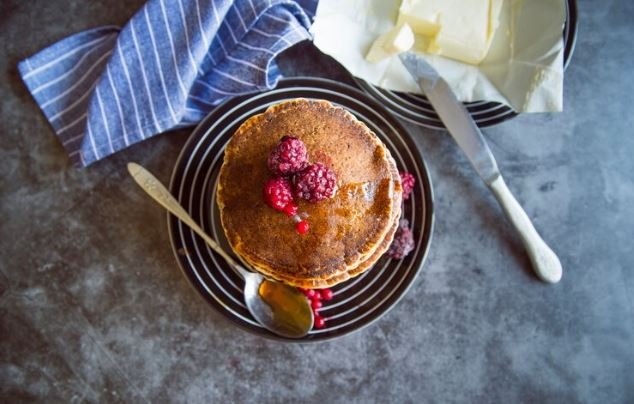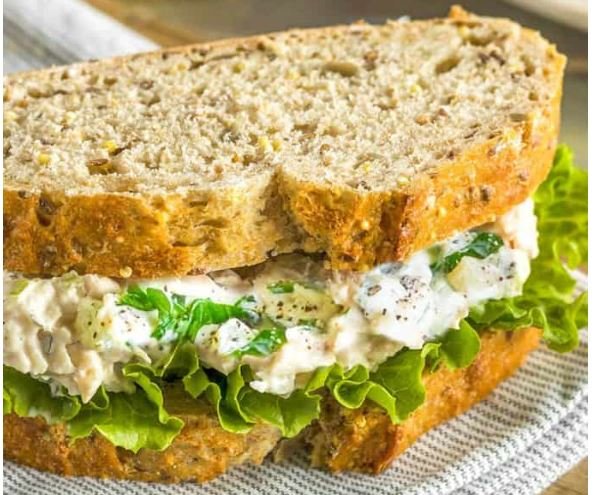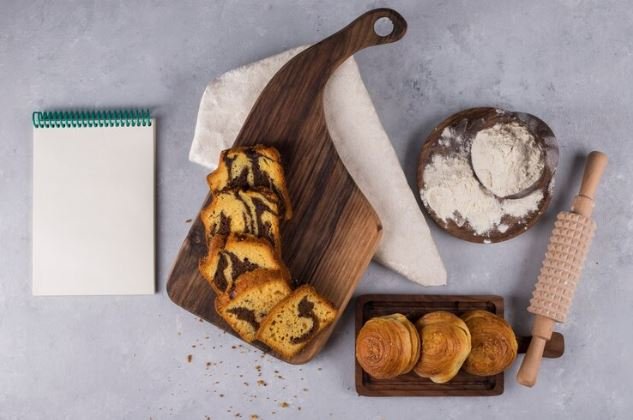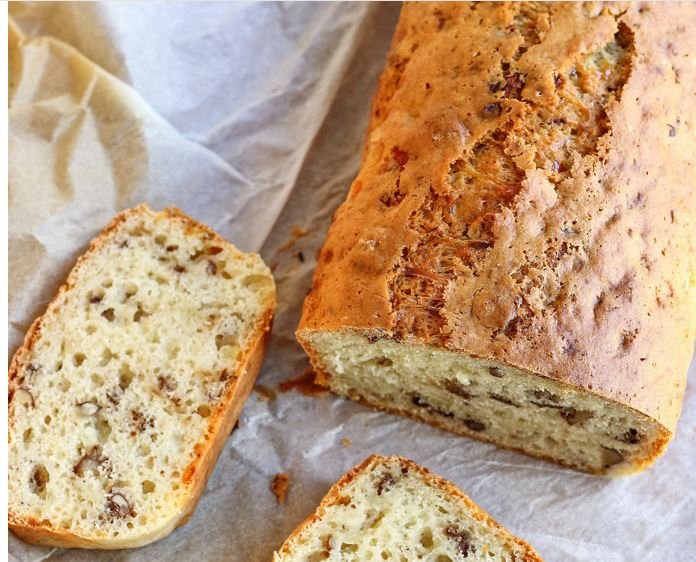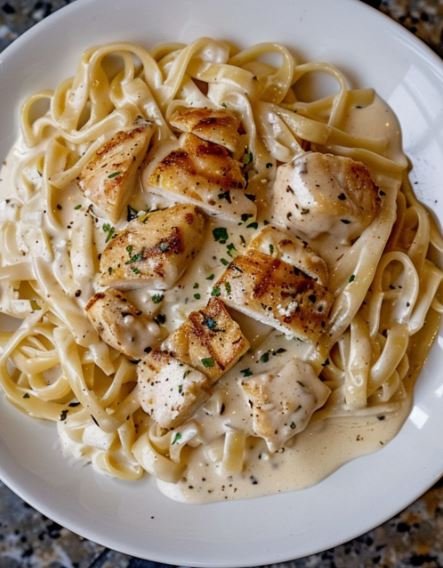How to Stop Food Aggression in Dogs Towards Other Dogs
Resource guarding, also known as food aggression is a common problem often seen in dogs especially when they are around other dogs.
This is a case where your dog behaves aggressively growling, snapping or biting when others approach him while eating.
Exploring “my dog is food aggressive with other dogs” as a situation requires understanding of why aggression happens in the first place, and how you can manage this issue.
What Is Food Aggression in Dogs?
Food aggression (a type of resource guarding) In this form, a dog becomes protective over its food.
Behaviour like this can manifest more mildly or, in extreme cases, they might only growl but other dogs may not stop at that and lunge (or possibly even bite).
Dogs that are food aggressive with other dogs often display this type of behaviour due to both their insecurity and past experiences.

Causes of Food Aggression Towards Other Dogs
Dogs have multiple reasons to be food aggressive a little or more when Other dogs are near. Knowing about these roots can be of great use in dealing with the wayward behaviour of other people correctly.
The Looming Predator:
Dogs retain an instinctual behaviour of protecting themselves and securing their food source – a reflection of our pet’s wild ancestors.
Insecurity or anxiety:
Dogs that feel nervous about the world around them, and what they can control in their environment may convey this through food aggression as a way of gaining power and dictating resources.
Learnt behaviour:
A dog has had bad experiences with dogs trying to steal its food, therefore it becomes conditioned to display aggressive responses when other dogs are around and they may approach while he is eating his meals.
Medical Problems:
Sometimes, there are underlying health problems like gastrointestinal or chronic pain that can make a dog ill-tempered and more predisposed to aggression, including guarding its food.
Signs of Food Aggression in Dogs
Identifying behaviour that shows a dog has food aggression is the first step to stopping it. Common indicators include:
- Growl or Snarl: A direct message for other canines, to go away from the food.
- Body Posture exaggerated stiffness, even when eating (especially if another dog comes near)
- Snapping or Lunging: In the more severe cases, your dog may snap at other dogs that get too close to its food.
- Greater Body Tension: Your dog will display greater body tension over its meal, holding the head lower and more suspicious of looking away or leaving their bowl.
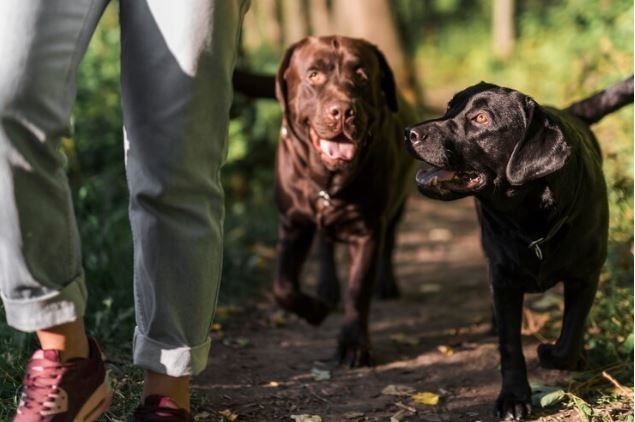
How You Can deal with and stop food Antagonism
Dealing with food aggression this way means being patient and consistent. Here are some measures you can take to assist your dogging in overcoming this habit.
Separate Feeding Areas:
Feeding Dogs in Different Areas–Here is one of the easiest techniques to inhibit food aggression.
Trigger 5 reduces competition for food, which can reduce or prevent aggressive incidents.
Counter-conditioning and Desensitization
This method includes slowly conditioning the dog to learn that other dogs around its food are not a danger.
Pretty soon you can have other dogs in sight when your aggressive dog eats, and slowly work towards having them closer. When he does, you can reward him with his favourite treat as well as praises.
Hand Feeding:
Help with confidence, hand feeding will build trust between you and your dog.
It can teach the dog that food only comes from you, and there is no need to guard its own. You can do the same with multiple dogs, doing calmer and shorter feeding sessions first.
Use Positive Reinforcement:
Reinforce good mealtime behaviour. When another dog approaches and your dog does not react aggressively, praise them immediately and give them a treat.
Gradual Exposure to Shared Eating:
Exposure to Eating Together Possibly combine a few of the above, perhaps in smaller intervals like if you make it easier for your child by doing each other step fully before moving on.
When your dog starts to improve, you can start slowly with the shared feeding locations.
Begin in low-stress environments, and always supervise all interactions to be able to intervene if needed.
Training and Commands
Train your dog to learn basic commands like (sit, stay and leave it). However, it is still one of the most powerful commands when managing a dog’s behaviour at mealtime to prevent aggressiveness before they move on into an aggressive mode.
Hire Professional Trainer
If the aggressive does his styles are very severe or if you doubt yourself, then it is best to get in touch with a professional dog trainer Clarke who has experience working on this food aggression problem.
Preventing Food Aggression in Puppies
Then the need for a calm feeding environment is even more critical. Here are the items you will need to create your perfect area.
Individual Feeding Stations:
Place each dog in a different room or area of the home to eat. Make sure they are quiet and devoid of distractions.
Good treats:
Have some good-quality treats available for reinforcing your dog. These may be things like small pieces of cooked chicken, cheese or commercial dog treats.
Use individual feeding bowls for each dog. Feed Bowls Stainless steel or ceramic bowls are perfect because they are easy to clean and nonporous.
For example, if your dog gets anxious at meal time try using pheromone diffusers or anxiety wraps.
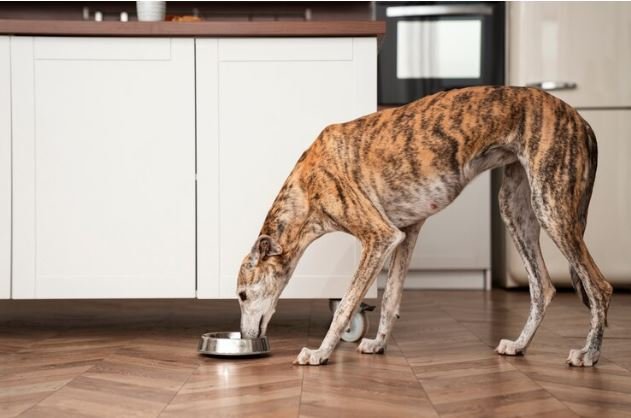
Ingredients for a Calm Feeding Environment
It is really important to form a serene feeding environment to control food aggression. And this is what you have to create the perfect area :
Feeding stations:
Feed the two dogs in separate areas of a room or house Make sure the areas are quiet places with no disturbances.
High-Value Treats
You always need to make sure that high-value treats are close by so you can reward Walker for any good behaviour. That could be small shreds of cooked chicken, cheese or dog treats for example.
Meals Bowls:
Give every canine their very own meal bowl. Since you can not easily avoid odours in stainless steel or ceramic dishes, the ideal bowl is that easy to clean.
Decompression Aids:
If your dog gets anxious around mealtime, try using pheromone diffusers or anxiety wraps for calming.
Step-by-Step Guide to Managing Feeding Time
Prepare the Feeding Area:
Position the bowls in feeding stations of their own. Keep the atmosphere peaceful, and avoid anything that can prompt aggression in him.
Feed the Dogs Separately:
Load 2 dogs into a separate feeding area and put each dog in focus on their meal. Keep the dogs apart during feeding time.
Calm Behavior: Spot and Reward
Observe the dogs as they eat. Reward your aggressive dog with praise or a high-value treat if he behaves calmly, and ignores other dogs.
Reintroduce Dogs Gradually:
Eventually, if your dog is improving in behaviour during these interactions begin reintroducing dogs to eat closer and closer within reason. Start at a big distance and slowly make it shorter until they get used to you.
Encourage The Good Stuff:
Positive interactions between your dog and others must be reinforced across the board throughout the process. That may mean sitting peacefully by one another without any barking going on.
FAQs
Why is my dog food aggressive only with other dogs?
Food aggression with other dogs is often about competition: This means fighting off a competitor to protect resources. If another dog approaches your dog’s food, often they will feel threatened and may be aggressive.
Can food aggression in dogs be cured?
Although you can improve food aggression, it needs a lot of repetitive practice for this protection behaviour to be less severe.
There may be times when you have to manage your dog at meals forever, or of course for a period while she is learning something new.
Should I punish my dog for food aggression?
It is also the worst possible way to deal with a dog who has food aggression because all it does is increase fear and anxiety.
Make sure that aggressive behaviour is a last resort, and encourage non-aggressive interaction through proper training and positive reinforcement.
How long does it take to resolve food aggression in dogs?
How long it takes to correct food aggression will depend on the intensity of your dog and how consistently the training is applied.
Damaging them will take anywhere from a few weeks to several months before you start seeing real improvement.
Is food aggression more common in certain breeds?
Food aggression is something that can happen in any breed of dog but more dominant or territorial dogs are sometimes guilty.
It is however more realistic to how the dog is individual and what experiences it has had.
Conclusion
This can be challenging to deal with a dog that is food aggressive with other dogs but the rule on continued training, is something you manage only if you are consistent.
By understanding the underlying causes of food aggression and using a specific training process, you can raise his confidence levels so that he is less likely to exhibit this aggressive behaviour when eating.
Remember that patience, positivity reinforcement and guidance from a pet psychologist as needed are to fix food aggression issues ensuring your dogs have good playful playgoers.
